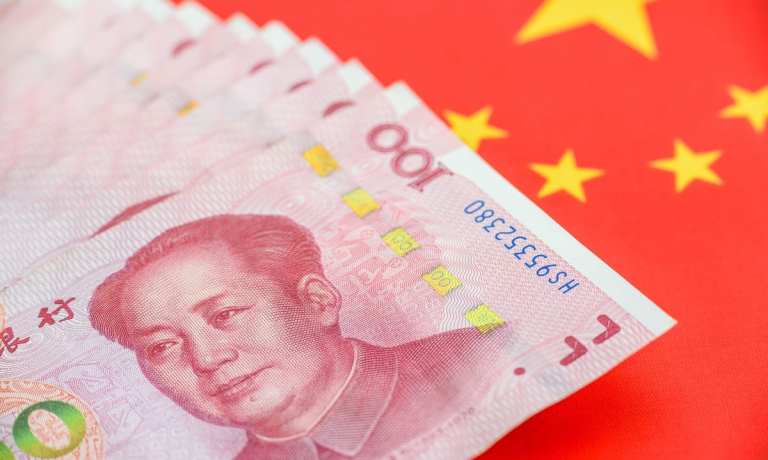Back To Normal: China Draws Down Economic Stimulus Efforts

China, as it sees the effects of the pandemic recede, has begun wrapping up its pandemic economic stimulus efforts, the Wall Street Journal (WSJ) writes.
With this move, China becomes the first signal of what other economies are likely to face as they inch towards recovering from COVID-19.
Policymakers in China have voiced concerns about the overheating housing markets, looking to prevent larger imbalances. The country is also looking to resume a multiyear campaign to stop debt, which started growing in the 2008 recession.
China signaled its intentions earlier this month during parliamentary sessions, where it said it would be setting targets for growth at above 6 percent. That’s not a terribly high rate for the momentum of the economy, but a sign that Beijing might want to roll back stimulus benefits over the next few months.
If the effort goes awry, China’s tightening could mean dire things for its recovery, and that could have negative effects for the global economy. The plans could also make more problems if China’s efforts make more debt defaults or a larger correction to the country’s stock markets. Global investors, the WSJ notes, are already nervous about the current conditions.
Because of all of those things, China is most likely going to keep on moving gradually, tightening the credit slowly in some parts of the country and shying away from blunter moves like raising interest rates.
According to The International Monetary Fund, China’s economy will expand by eight percent this year.
China’s economy is looking at spending more on research and development by over seven percent every year for the next five years.
The plan also called for boosting the budget for basic research by 10.6 percent this year, with plans to emphasize the commitment to boosting that type of spending even while China’s political and economic programs come under fire.